EDITORIAL
Published on 10 Sep 2020
Editorial: Sentinel CLECs at Immunological Decision Nodes
doi 10.3389/fimmu.2020.02066
- 1,347 views
- 3 citations
27k
Total downloads
96k
Total views and downloads
Select the journal/section where you want your idea to be submitted:
EDITORIAL
Published on 10 Sep 2020
ORIGINAL RESEARCH
Published on 27 May 2020
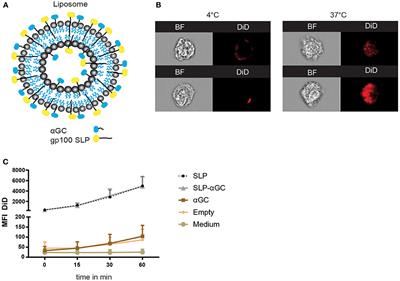
ORIGINAL RESEARCH
Published on 25 Feb 2020
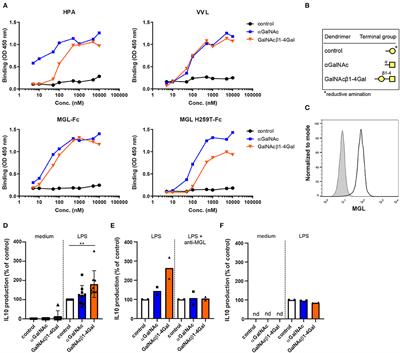
MINI REVIEW
Published on 18 Feb 2020
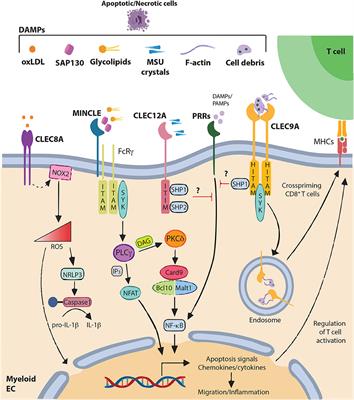
MINI REVIEW
Published on 07 Feb 2020
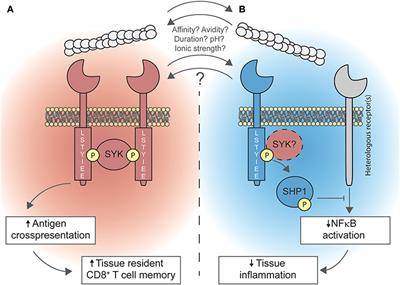
REVIEW
Published on 07 Feb 2020
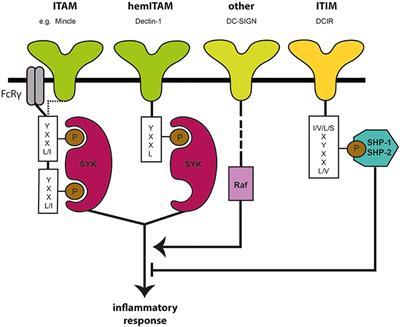
REVIEW
Published on 11 Dec 2019
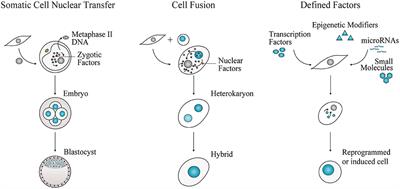
MINI REVIEW
Published on 11 Dec 2019
REVIEW
Published on 06 Dec 2019

